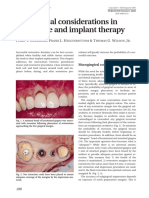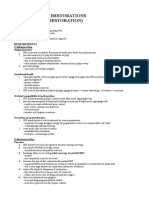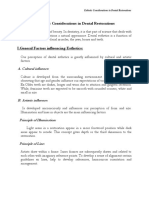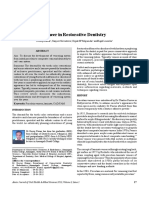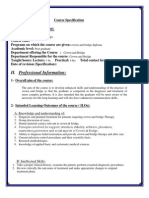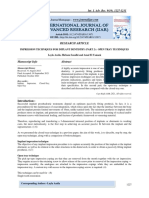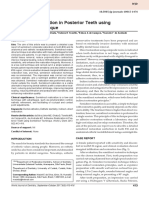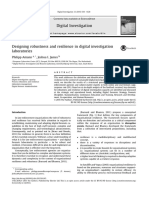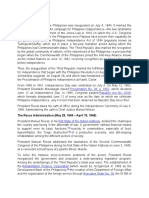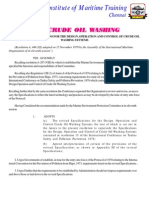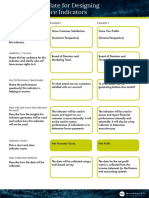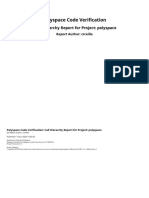0% found this document useful (0 votes)
128 views10 pagesCrown Notes
The document provides information on various topics related to restorative dentistry including preparation designs, materials, techniques, and biological considerations. It discusses preparation designs and thicknesses for different types of restorations such as resin bonded bridges, all-ceramic restorations, overlays, onlays, inlays, endocrowns, implants, and veneers. It also covers cement types, ceramic materials, digitization systems, failure causes, and biological factors like the periodontal ligament and tissue dilation.
Uploaded by
Ibrahim ElnaggarCopyright
© © All Rights Reserved
We take content rights seriously. If you suspect this is your content, claim it here.
Available Formats
Download as PDF, TXT or read online on Scribd
0% found this document useful (0 votes)
128 views10 pagesCrown Notes
The document provides information on various topics related to restorative dentistry including preparation designs, materials, techniques, and biological considerations. It discusses preparation designs and thicknesses for different types of restorations such as resin bonded bridges, all-ceramic restorations, overlays, onlays, inlays, endocrowns, implants, and veneers. It also covers cement types, ceramic materials, digitization systems, failure causes, and biological factors like the periodontal ligament and tissue dilation.
Uploaded by
Ibrahim ElnaggarCopyright
© © All Rights Reserved
We take content rights seriously. If you suspect this is your content, claim it here.
Available Formats
Download as PDF, TXT or read online on Scribd
/ 10




